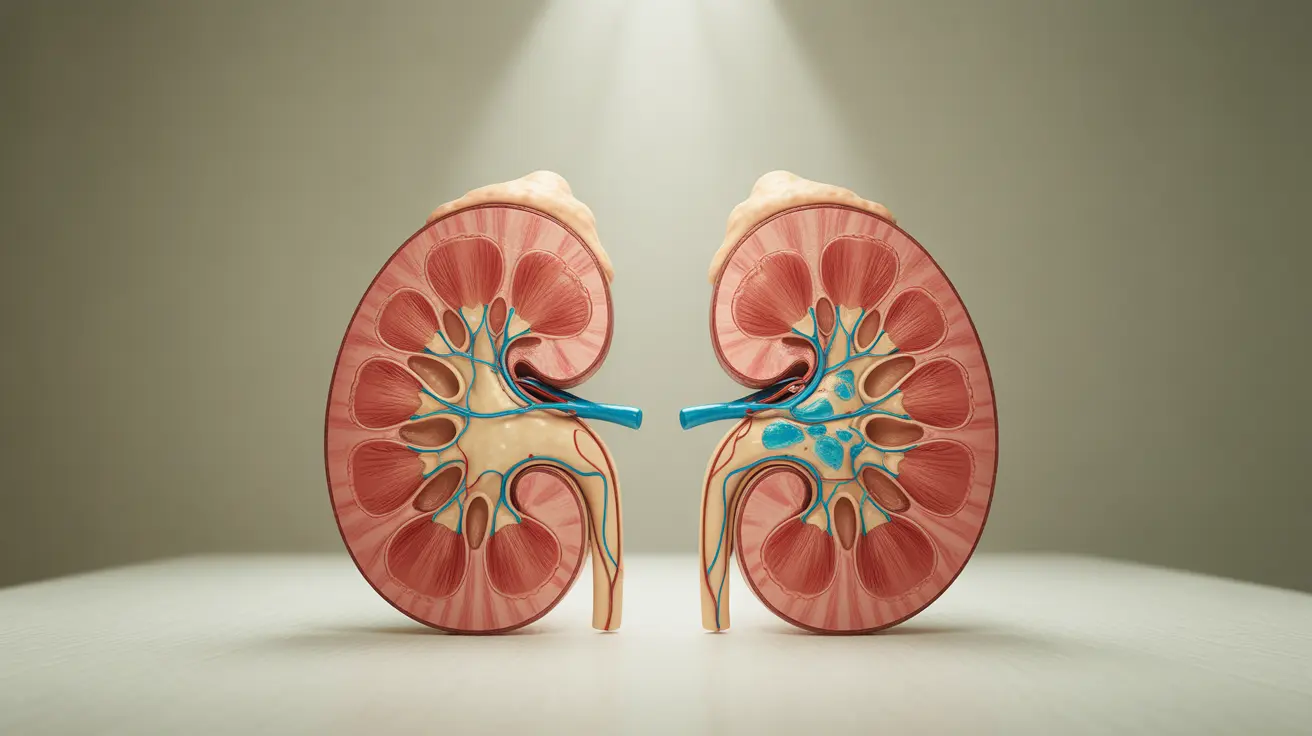Understanding how long ovulation lasts is crucial for anyone trying to conceive or tracking their reproductive health. This comprehensive guide will help you understand the timing of ovulation, recognize its signs, and maximize your chances of conception during your fertile window.
While ovulation itself is a brief event, the entire process involves several important phases that affect fertility. Let's explore the details of ovulation timing and what it means for your reproductive health.
The Duration of Ovulation Explained
Ovulation is the release of a mature egg from the ovary, which typically occurs once per menstrual cycle. The actual release of the egg takes place within a 24-hour timeframe. However, the fertile window—the period during which pregnancy is possible—extends beyond this brief moment.
The egg remains viable for approximately 12-24 hours after its release. Sperm can survive in the female reproductive tract for up to five days under optimal conditions, creating a fertile window of about six days around ovulation.
Recognizing Ovulation Signs and Symptoms
Several physical signs can help you identify when ovulation is approaching or occurring:
- Changes in cervical mucus (becoming clear and stretchy)
- Mild cramping or pain on one side of the abdomen
- Slight increase in basal body temperature
- Increased sex drive
- Breast tenderness
- Light spotting
Tracking Your Ovulation Cycle
There are several reliable methods to track ovulation:
Ovulation Prediction Kits (OPKs)
These tests detect the surge in luteinizing hormone (LH) that occurs 24-36 hours before ovulation, helping you identify your most fertile days with greater accuracy.
Basal Body Temperature (BBT) Charting
Your body temperature rises slightly (0.5-1°F) after ovulation. Recording your temperature daily can help you identify patterns and predict future ovulation dates.
Fertility Apps and Calendar Methods
Digital tracking tools can help predict ovulation based on your cycle length and symptoms, though they work best when combined with other tracking methods.
Factors Affecting Ovulation Timing
Several factors can influence when ovulation occurs:
- Stress levels
- Medications
- Diet and exercise habits
- Medical conditions like PCOS
- Age
- Sleep quality
- Environmental factors
Maximizing Fertility During Ovulation
To increase your chances of conception during ovulation:
- Have regular intercourse throughout your fertile window
- Maintain a healthy lifestyle
- Stay hydrated
- Manage stress levels
- Get adequate sleep
- Consider taking prenatal vitamins
Frequently Asked Questions
What are the main symptoms of ovulation, and how can I track them?
The main symptoms include changes in cervical mucus, mild abdominal pain, and slight temperature increases. Track these symptoms using a combination of methods like BBT charting, OPKs, and fertility apps for the most accurate predictions.
How long does the fertile window last after ovulation, and when is the best time to conceive?
The fertile window lasts about 6 days, including the 5 days before ovulation and 24 hours after. The best time to conceive is typically two days before ovulation through the day of ovulation itself.
What factors can affect the timing of ovulation in a typical menstrual cycle?
Ovulation timing can be affected by stress, illness, medications, significant weight changes, exercise intensity, and various medical conditions. Maintaining a healthy lifestyle helps regulate ovulation timing.
Are there any natural methods to boost fertility during ovulation?
Natural methods include maintaining a balanced diet, getting regular exercise, reducing stress, staying hydrated, and getting adequate sleep. Some people also find success with fertility-friendly foods and supplements, though you should consult healthcare providers before starting any new regimen.
How does ovulation timing vary among women with irregular menstrual cycles?
Women with irregular cycles may ovulate at different times each month, making prediction more challenging. In these cases, using multiple tracking methods and working with a healthcare provider can help identify patterns and potential underlying causes of irregularity.




